Karachi, Pakistan's vibrant coastal city, exhibits diverse microclimates shaped by its unique geography and topography. From scorching heat in urban centers to refreshing breezes along the Arabian Sea coast, these variations create intriguing contrasts. The urban heat island effect further complicates weather patterns, with skyscrapers and dense infrastructure contributing to higher temperatures. Understanding these microclimates is crucial for effective urban planning, as they influence everything from temperature regulation to weather forecasting and daily life. Green spaces are vital in mitigating the heat island effect and enhancing Karachi's climate resilience. By embracing these diverse landscapes, the city can create more livable and sustainable neighborhoods.
Karachi, Pakistan’s vibrant metropolis, harbors hidden microclimates that challenge conventional notions of urban weather. This intricate phenomenon, often overlooked, significantly shapes the city’s experience—from scorching summers to relatively mild winters. In this exploration, we uncover Karachi’s diverse microclimates, delving into factors like the Urban Heat Island Effect, architectural influences, and the role of green spaces. By understanding these nuances, we gain insights into how cities can adapt to create more livable environments for their residents.
- Unveiling Karachi's Microclimates: A City of Contrasts
- The Urban Heat Island Effect: Karachi's Unique Challenge
- Coastal Breezes and Landlocked Territories: Understanding the Variability
- Architectural Influences on Local Temperatures
- Green Spaces as Climate Regulators in Metropolitan Areas
- Navigating the Seasonality: From Hot Summers to Mild Winters
Unveiling Karachi's Microclimates: A City of Contrasts
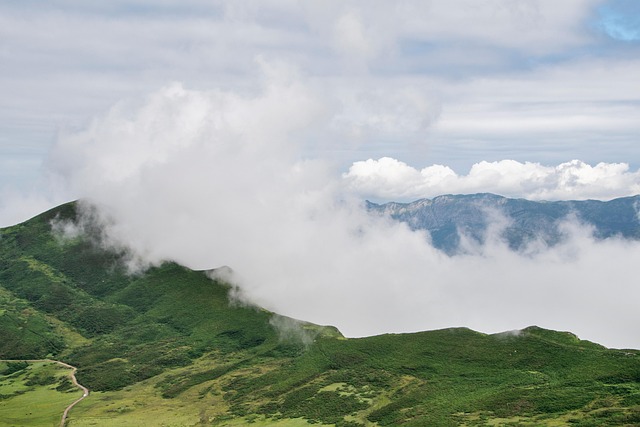
Karachi, Pakistan’s bustling metropolis, is a city that captivates with its vibrant energy and diverse landscapes. Beyond its reputation as a cultural hub, Karachi holds a unique secret—a variety of microclimates that create a fascinating contrast within its urban fabric. Walking through its streets, one might experience the scorching heat in some areas, only to find a refreshing breeze and a cooler temperature just around the corner. This city’s microclimates are a result of topographical variations and the interplay of natural elements.
The coastal location of Karachi influences its weather patterns, with breezes from the Arabian Sea offering respite from the intense summer heat. The city’s diverse neighborhoods, from the elevated areas of Clifton to the lower-lying districts near the harbor, contribute to these microclimates. During monsoon seasons, Karachi experiences heavy rainfall, yet some parts of the city remain relatively drier, showcasing the city’s intricate and ever-changing weather phenomena. Unveiling these hidden microclimates provides a deeper understanding of Karachi’s complex character, where every area tells a unique story of temperature, humidity, and atmospheric conditions.
The Urban Heat Island Effect: Karachi's Unique Challenge
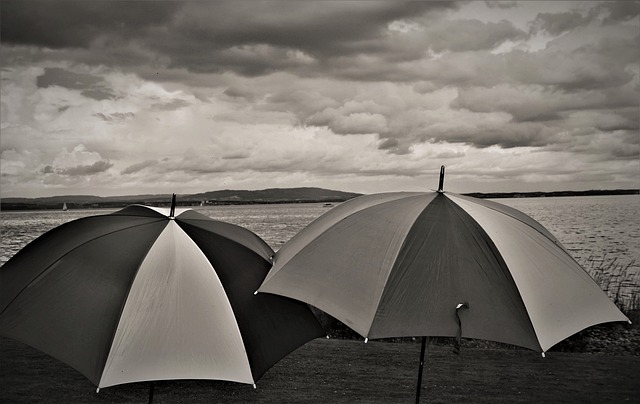
Karachi, like many bustling metropolises around the globe, grapples with the urban heat island effect—a phenomenon where built-up areas experience significantly higher temperatures than surrounding rural regions. This is largely due to the city’s dense concrete and asphalt surfaces that absorb and retain solar heat. In Karachi, this issue is exacerbated by its geographical location and unique climate. The city’s coastal position means it’s exposed to both land and sea breezes, creating microclimates across different neighborhoods. However, these temperature variations can be dramatic, with urban areas baking under the sun while nearby coastal regions remain cooler, providing a stark contrast within the cityscape. This challenge highlights the need for adaptive urban planning and green initiatives to mitigate the effects of the heat island phenomenon in Karachi and create more livable, sustainable microclimates.
Coastal Breezes and Landlocked Territories: Understanding the Variability
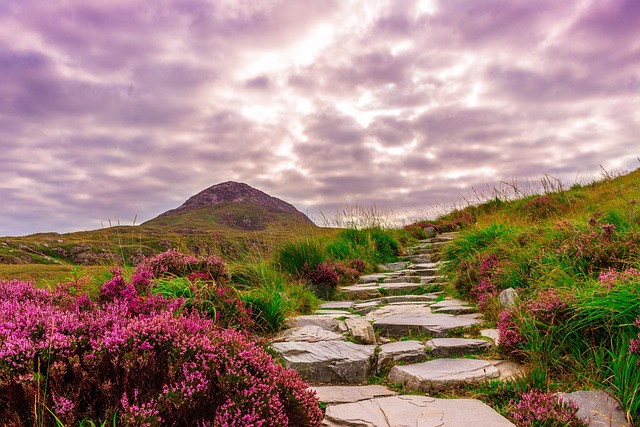
Karachi, like many bustling cities, is home to a diverse range of microclimates. One striking contrast lies between its coastal and landlocked areas, offering a unique glimpse into the variability of urban weather patterns. Coastal neighborhoods, blessed with the refreshing touch of the Arabian Sea, often experience breezy conditions throughout the year, providing a much-needed respite from the urban heat island effect. These coastal regions enjoy moderate temperatures, with sea breezes cooling the air during hot summer days and offering a gentle chill in the winters.
In stark contrast, landlocked territories within Karachi present a different climate story. Far from the ocean’s influence, these areas are susceptible to hotter summers and colder winters, with less wind. The lack of coastal breezes can result in more extreme temperature variations, making weather forecasting challenging for these specific neighborhoods. Understanding these microclimates is crucial for urban planning, especially in a city like Karachi, where such diversity can significantly impact residents’ daily lives.
Architectural Influences on Local Temperatures
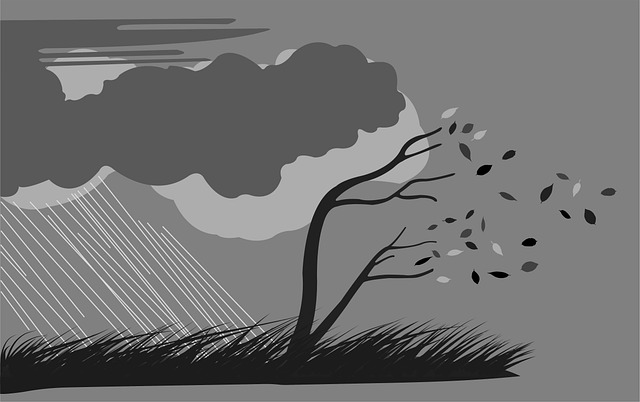
Karachi, like many urban centres, experiences microclimates shaped by its architecture and layout. Skyscrapers, for instance, can create wind tunnels that significantly affect local temperature patterns. During the cooler months, high-rise buildings cast long shadows, cooling down nearby streets. Conversely, in summer, these same structures trap heat, making rooftop temperatures soar while ground levels remain relatively calmer. This urban heat island effect is evident across many cities, but Karachi’s unique geography and dense urban fabric amplify these microclimates.
The design of public spaces and buildings also plays a role. Open courtyards and green spaces in older parts of the city help mitigate extreme temperatures by providing areas for cool air to circulate. In contrast, newer developments with narrow roads and contiguous concrete structures can trap heat, contributing to urban heat stress. Understanding these architectural influences is crucial for planning sustainable urban environments that offer respite from Karachi’s varying microclimates.
Green Spaces as Climate Regulators in Metropolitan Areas
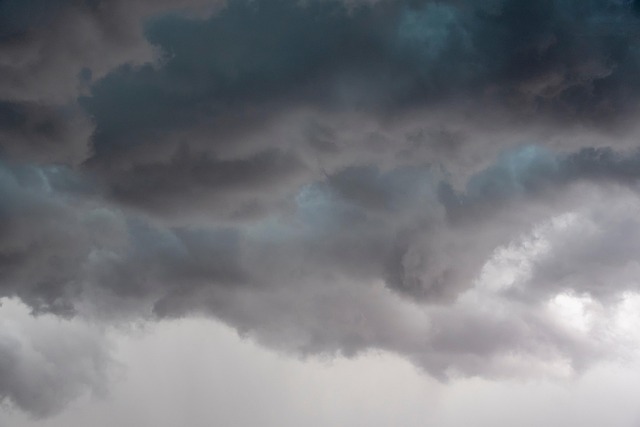
Green spaces play a pivotal role in mitigating the urban heat island effect, a phenomenon where metropolitan areas experience higher temperatures than surrounding rural regions due to human activities and infrastructure. In Karachi, for instance, parks, gardens, and other green habitats serve as natural air conditioners, absorbing excess heat and reducing the overall urban temperature. These oases not only provide much-needed respite from the city’s hustle and bustle but also act as carbon sinks, absorbing and storing carbon dioxide, thereby contributing to a cleaner, cooler atmosphere.
By incorporating more green spaces into the cityscape, Karachi can enhance its climate resilience. Plants, through transpiration, release moisture into the air, increasing humidity levels and reducing ambient temperatures. This process is particularly significant in arid regions like Karachi, where natural water sources are scarce. Moreover, vegetation helps reflect sunlight, decreasing the amount of heat absorbed by buildings and roads, further contributing to a more temperate urban environment.
Navigating the Seasonality: From Hot Summers to Mild Winters

Karachi, like many cities, is home to diverse microclimates that shape its seasonal experiences. The city’s geography and urban layout contribute to temperature variations throughout the year. During summers, the heat can be intense, especially in low-lying areas and densely populated neighborhoods, where concrete and asphalt absorb and retain heat. However, a short distance uphill or in areas with more green spaces, the climate becomes cooler, offering a stark contrast to the bustling streets below.
Winters bring a mild but refreshing change. The city’s microclimates mean that while some parts remain relatively warmer, others experience cooler temperatures, especially in higher elevations. This seasonal variation adds to Karachi’s unique character, providing residents and visitors with diverse weather experiences throughout the year.
Karachi’s diverse microclimates, shaped by its unique geographical position and urban landscape, present both challenges and opportunities for sustainable city planning. Understanding these variations, from coastal breezes to architectural design and green spaces, is crucial in mitigating the urban heat island effect and enhancing the livability of this vibrant metropolis. By leveraging natural solutions and thoughtful urban design, Karachi can navigate its seasonal extremes, creating a more comfortable and resilient urban environment for its diverse population.





Leave a Reply